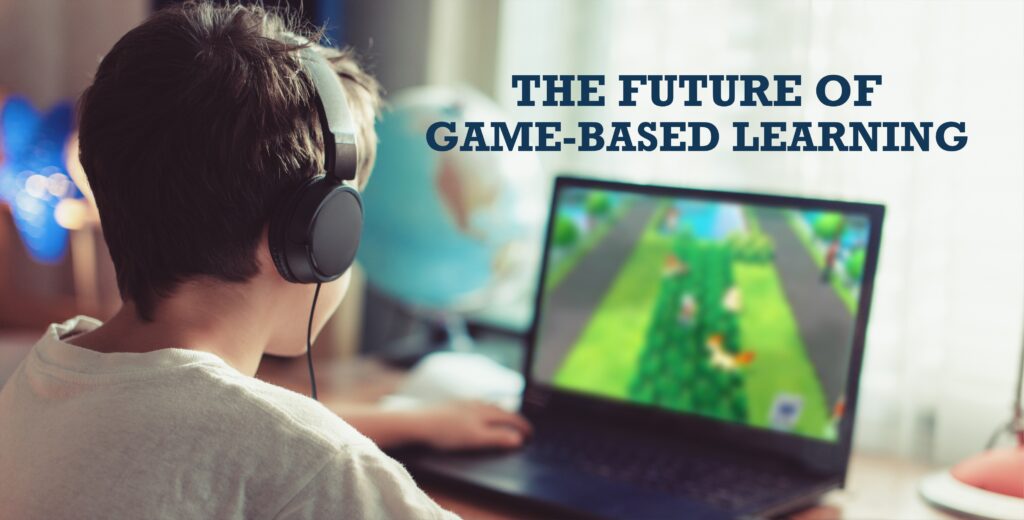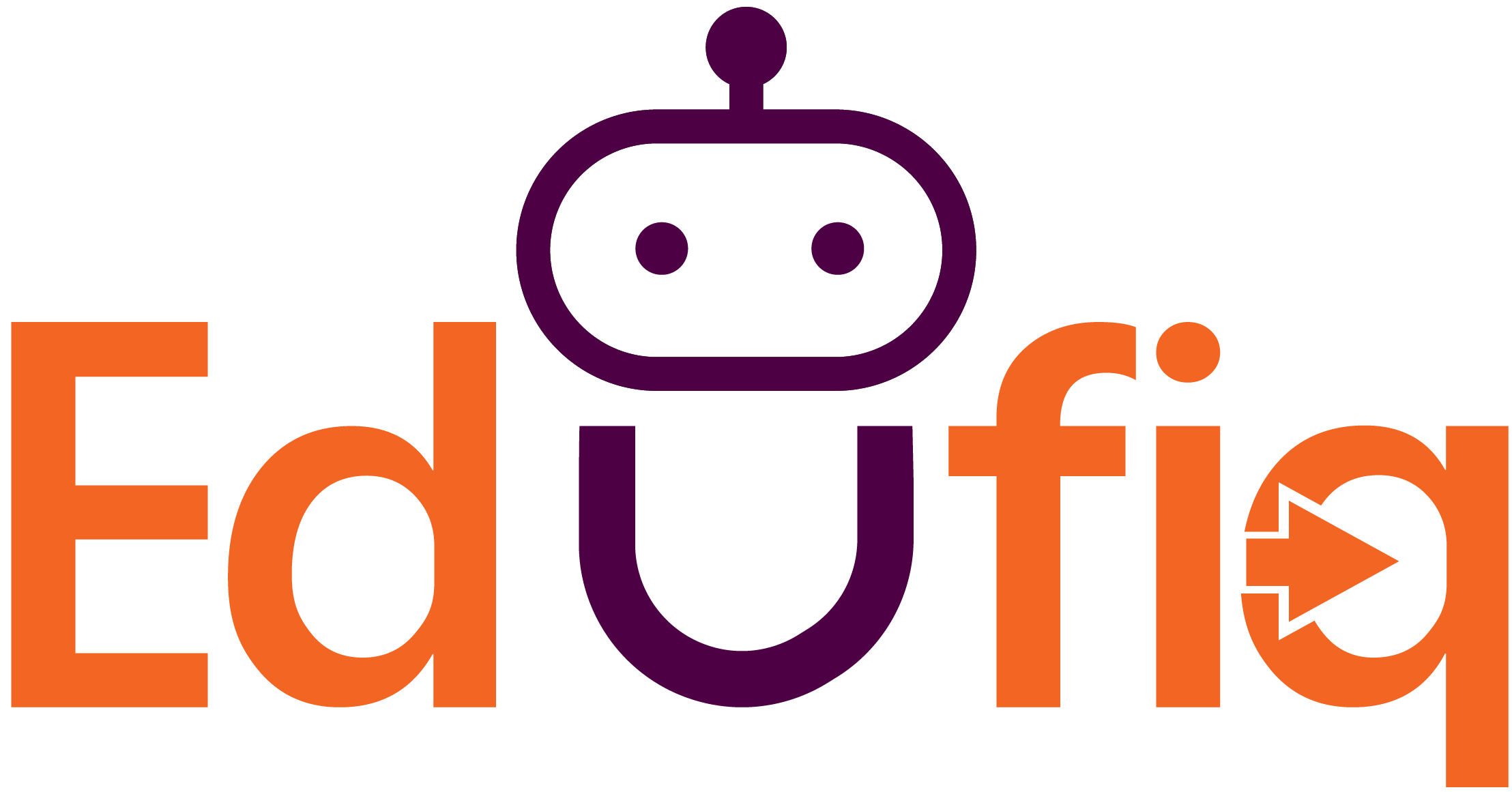The Future of Game-based Learning

“Tell me and I’ll forget. Show me and I may remember. Involve me and I’ll learn.” –Benjamin Franklin
It is not a secret that when an individual practices difficult things, the brain works harder and learns new concepts Such learning techniques stimulate the brain to control and develop swiftly. The more you get involved in a certain activity, the better your brain functions. That’s the basics of learning.
Practising any new activity changes the brain permanently. With continuous effort, one gets better at a particular task. The motive of the new learning techniques is to embrace the productive struggle. They emphasize that a deeper level of learning requires pushing your brain to its edge.
Let’s look at a medium that can engage students at this level. This highly engaging medium is gaming.
“Unlike some other brain training tools, games-based learning activates the reward centers, making the brain more receptive to change,” explains C. Shawn Green, PhD, assistant professor of psychology at the University of Wisconsin–Madison.
Such games require players to think of a comprehensive strategy to perform tasks simultaneously and make impromptu decisions to have an immediate and long-term impact. Children make use of their strategizing skills to accomplish several stages while playing a game. Game-based learning is an approach that engages students in genuine problem-solving where they can make their own choices and enhance cognitive skills such as problem-solving, logical reasoning & critical thinking at the same time.
Let’s learn more about game-based learning.
Principles of Game-Based Learning
Well-designed games have effortlessly engaged kids and their strategic thinking. Not all games do this. Thus, interactive learning games for kids are designed well to be powerful. Let’s dive in to learn the basic principles of game-based learning.
1.) Games work on problem-based approach
Rather than telling them what to do, games provide children with a scenario: a puzzle they must figure out. These games expose them to risk-free and real-life situations in a digital space. When presented with a meaningful problem to solve, they get engaged in the problem and the game.
2.) Learning by Doing
In games, you are learning by doing, which means you are learning by failing. You are exploring and reasoning through multiple pathways until you figure out the one that works. This is the culture of games. The result is that it creates an environment where it’s safe to fail and make mistakes, as this is all a part of the natural process of problem-solving and learning.
3.) Informative Feedback
Games provide informative feedback as they progress. The mechanism of the game helps in knowing when they’ve gone off track while exploring multiple pathways. This provides feedback for the students as they move ahead to find the solution.
4.) Progressive Growth
Game-based learning enhances strategizing and decision-making skills. These learning schedules give a sense of freedom to students, allowing them to grow during the process. Players are required to use trial and error methods, observation and play-based practice to accomplish several tasks across different stages.
Conclusion
The game you choose should also help you analyze the problem, gather resources, test your thinking and present the findings. Edufiq is there to help you. It is an online courseware designed to make AI learning easier for kids. Our pedagogy eases the pressure of learning by imparting creative and fun methods of learning. Game-based method of learning has been chosen meticulously for growing kids to boost their imagination while teaching them AI through various interesting scenarios of Minecraft and Microbit. The technique is highly engaging and aims at training the perfect AI Agent. The friendly instructors make sure that the learners are actively engaged in decision making and allow them to move at their own pace. Contact us today to know how we are transforming the education segment with our innovative strategies.
